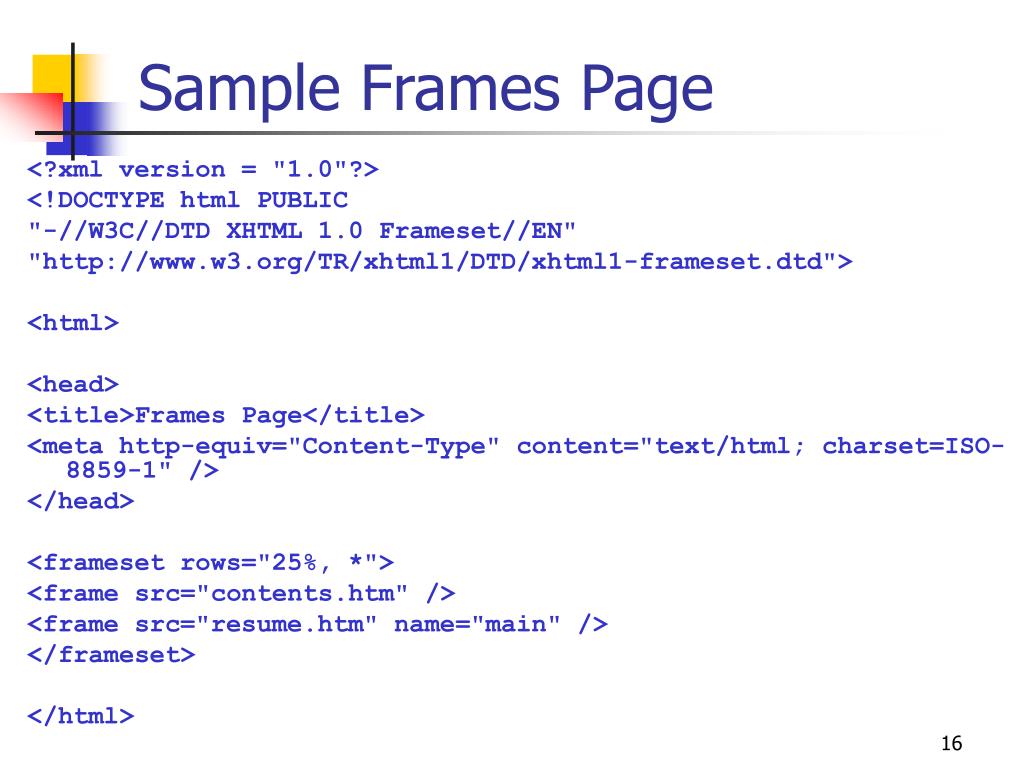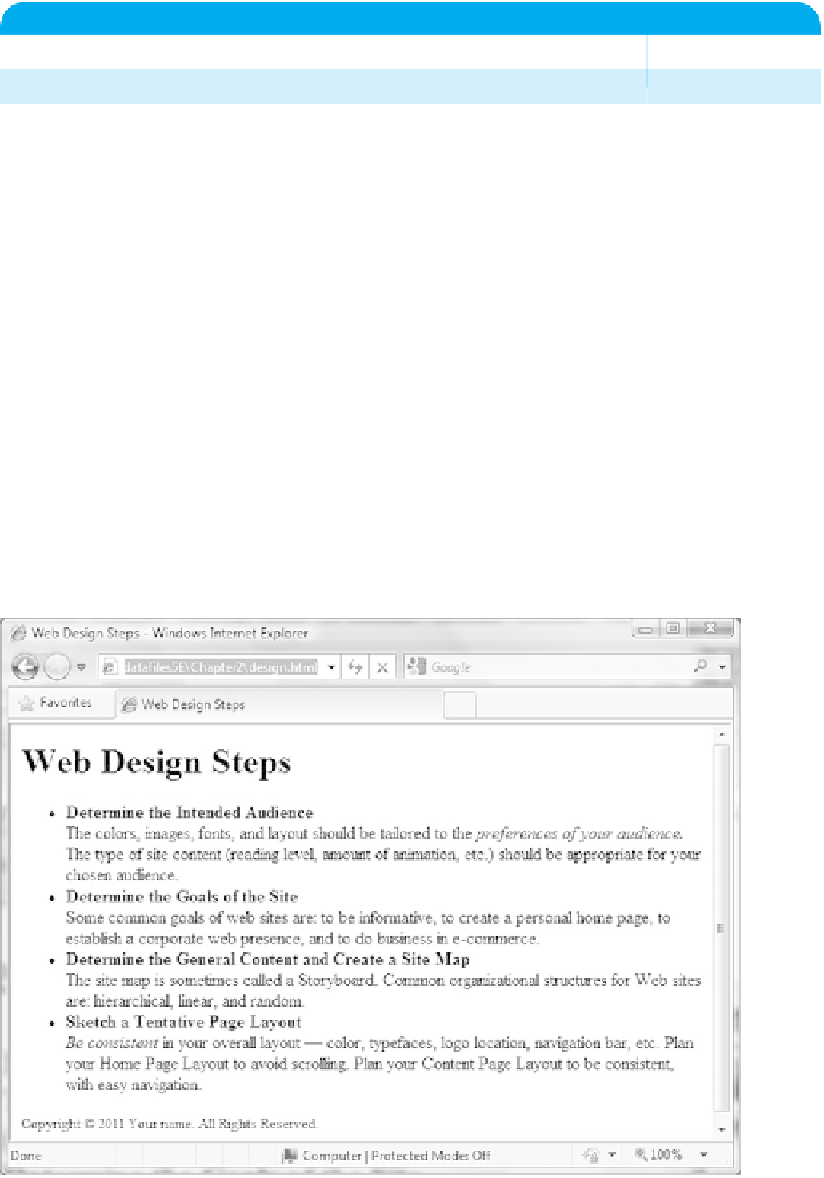
What does a tag look like in a browser? Beats me – we haven’t defined that yet. Notice that this new document contains absolutely no information about display. Most certainly want to buy one for your home and another one This is such a terrific widget that you will Product One is an exciting new widget that will If the above document were created in XML, it might look a little like this: HTML is chiefly a set of instructions for rendering documents inside a Web browser it’s not a method of structuring documents to bring out their meaning. The computer would be able only to render the document to a browser with the styles associated with each tag. This last product listing also displays a price before the description, and the price is italicized instead of appearing in bold.Ī computer program (and even some humans) that tried to decipher this document wouldn’t be able to make the kinds of semantic leaps required to make sense of it. For example, the last product name is encapsulated in tags, not tags. However, even a cursory glance at the rest of the document reveals some very human errors. Furthermore, a human might be able to guess that the first paragraph after an holds the description, and that the next two paragraphs contain price and shipping information, in bold. A human can certainly read this document and make the necessary semantic leaps to understand it, but a computer couldn’t.įor example, a human can probably deduce that the tag in the above document has been used to tag a product name within a product listing.
#XHTML SAMPLE PAGE CODE#
Take a good look at this – admittedly simple – code sample from a computer’s perspective. Want to buy one for your home and another one for your This is such a terrific widget that you will most certainly Product One is an exciting new widget that will simplify your
#XHTML SAMPLE PAGE DOWNLOAD#
In layman’s terms, HTML is a presentation language, whereas XML is a data-description language.įor example, if you were to go to any ecommerce Website and download a product listing, you’d probably get something like this: HTML rarely (if ever) provides information about how the document is structured or what it means. XML, on the other hand, isn’t just suited to the Web – it can be used in a variety of different contexts, some of which may not have anything to do with humans interacting with content (for example, Web Services use XML to send requests and responses back and forth). HTML’s sole purpose is to allow anyone to quickly create Web documents that can be shared with other people. It becomes cumbersome if you want to display documents in a mobile device or do anything that’s even slightly complicated, such as translating the content from German to English. XML was created because HTML is specifically designed to describe documents for display in a Web browser, and not much else. For example, with XML we can create other languages, such as RSS, MathML (a mathematical markup language), and even tools like XSLT. XML is a meta-language: a language that allows us to create or define other languages. However, it’s important to realize that XML is not just a language. It’s much more flexible than HTML because it allows you to create your own custom tags.




 0 kommentar(er)
0 kommentar(er)
